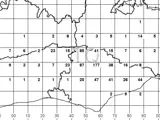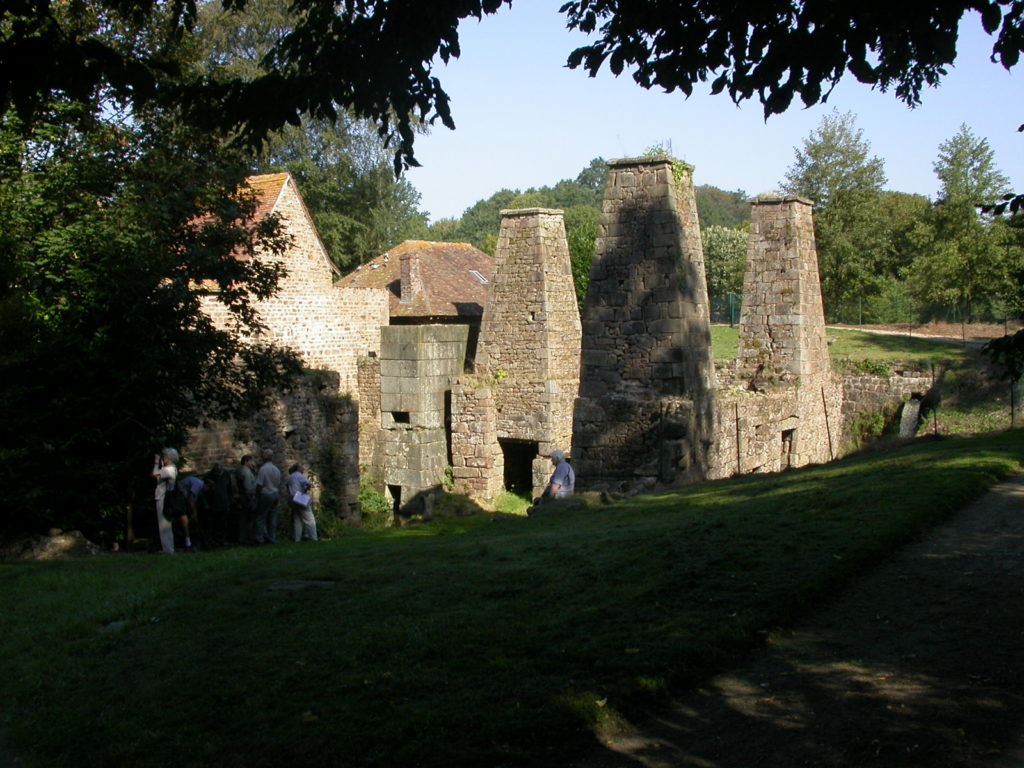Home
Crafts


Etched sample of unworked bloomery iron (photomicrograph)

Documentary record search


Activity frequency mapping (iron works)

Open cast iron ore mining, Romano-British

Contents of one box in the National Slag Collection

Highly vesicular bloomery slag
artefactual evidence

experimental archaeology

Conferences


Outcrop of sideritic ore overhanging sandstone
experimental reconstruction

more comparative studies

& just digging


Part of an early blast furnace (Araglin, Ireland)
comparing excavated sites

